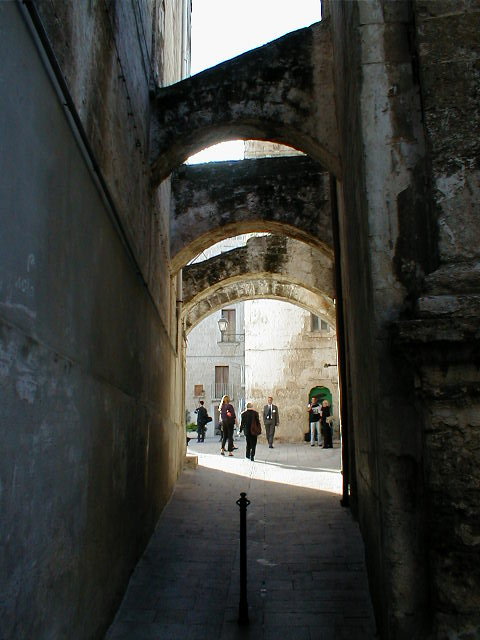
 |
Arch
570
|
"Photography is to seeing what poetry is to lighting. A way of thinking, a disciplined practice that produces insight, a condensed telling. Deciding where to point the camera, where to stand, I choose subject and stance."
—Anne Whiston Spirn
The purpose of this exercise is to experience first-hand and record the quality of the natural light resource on the Palouse.
We will sense and record the lighting using two mentors, Claude Monet and Anne Whiston Spirn. During the impressionist phase of his long career, Monet painted serial images of several subjects under various lighting conditions. For example, I always use Monet’s Rouen Cathedral series as a beautiful example of the experiential qualities of climate (light) and architecture. http://en.wikipedia.org/wiki/Rouen_Cathedral_(Monet) For this assignment you will be given one of his subjects and will attempt to find a corresponding Palouse subject. Anne Spirn http://www.annewhistonspirn.com is a professor of landscape architecture at MIT who has long used photography as a method of inquiry in her work (e.g. Knowing Where to Stand) and in her teaching (e.g. Sites in Sight: Photography as Inquiry). Use her web site to inform your photographic inquiry.
Natural light is a dynamic resource that varies diurnally, seasonally, and with orientation. In order to confirm this assertion and to become more sensitive to and aware of the vagaries of natural light, your team will perform a semester-long experiment to observe and record the fluctuation in light from late summer to early winter.
Knowing where to stand. Select a local subject that is analogous to the Monet subject that you have been assigned. Make sure that you have easy access to it at all times of day and for the entire semester. The objective is to record the diurnal and seasonal variation of the light and compare them to Monet's findings. Observation and recording of the lighting conditions can be done with a digital camera.
To make your observations carefully choose vantage points that you think will portray the lighting dramatically and accurately. Make observations early and late in the day (near sunset is known as magic time by those who do cinema—apparently, like architecture students, they don't awake for the equally dramatic dawning) as well as at midday. Take advantage of the varying sky and ground conditions. Make sure that you record the time, date, and sky conditions for each image—do this as soon as possible rather than later when you'll have guess! Also be sure to record the exact vantage point so that your subsequent photos are from almost exactly the same spot.
Preliminary Images. A preliminary presentation of your initial observations will be made to the class on August 31. Suggestions for refining your techniques will be made. No more than 10 images.
Refined Images. On September 12 you'll present your refined selection of late summer images—depicting early morning, midday, and near sunset lighting under clear and cloudy skies. These images will serve as the foundation for the later studies. These should be taken from the best vantage points—knowing where to stand and where to point the camera. No more than 9 images.
Late Summer vs. Early Fall. Your October 17 presentation will contrast the light of late winter with that of early spring. Show the images side-by-side to depict the differences. Use captions to explain the change in poetry or prose. No more than 9 image pairs.
Early Fall vs. Late Fall. On November 28 you can present images that contrast the light of early spring to that of late spring. Explain the changes. No more than 9 image sets.
Final Images. The final presentation will be made during the time allotted for the final at the end of the semester. At this point you will need to integrate your modeling work with your seasonal observations. For the lighting portfolio make a color presentation of selected images.